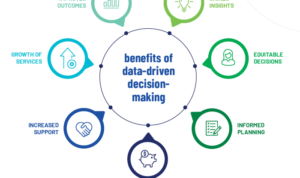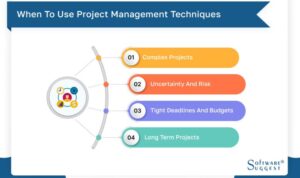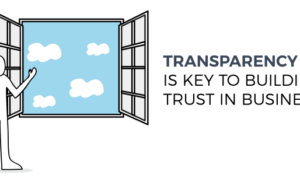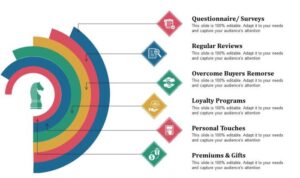Handling Customer Feedback sets the stage for businesses to thrive or dive. From unraveling the impact of feedback on reputation to mastering the art of analysis, this topic delves into the dynamics of customer feedback in a digital world. Get ready for a rollercoaster ride of insights and strategies!
Importance of Handling Customer Feedback
Customer feedback is like the DJ at a party – it sets the tone for the whole experience. Businesses that listen and respond to their customers’ feedback are more likely to succeed in the long run. Here’s why handling customer feedback is crucial:
Impact on Reputation
Customer feedback can make or break a company’s reputation. Positive feedback can attract new customers and build loyalty, while negative feedback can drive people away and tarnish a brand’s image. For example, a restaurant with glowing reviews on Yelp is likely to see a boost in business, while one with multiple complaints about poor service may struggle to stay afloat.
Benefits of Effective Feedback Management
– Improves products/services: Customer feedback provides valuable insights into what customers love and what they want to see improved. This allows businesses to make necessary adjustments to meet customer expectations.
– Builds customer loyalty: When customers feel heard and valued, they are more likely to remain loyal to a brand. Responding to feedback shows that a company cares about its customers’ opinions.
– Enhances reputation: By addressing customer feedback promptly and professionally, a company can enhance its reputation and establish itself as a customer-focused business.
– Drives innovation: Customer feedback often sparks new ideas and innovations. Companies that actively seek and implement feedback are more likely to stay ahead of the competition and adapt to changing market trends.
Strategies for Collecting Customer Feedback: Handling Customer Feedback
When it comes to collecting customer feedback, there are various methods that businesses can utilize to gather valuable insights from their customers. Each method has its own advantages and disadvantages, so it’s important to choose the right approach based on your business needs.
Surveys
- Sending out surveys via email or on your website is a common method for collecting feedback.
- Advantages: Surveys allow for structured feedback, making it easy to analyze and identify trends.
- Disadvantages: Response rates can be low, and customers may not always provide detailed feedback.
Reviews
- Encouraging customers to leave reviews on platforms like Google, Yelp, or social media can provide valuable feedback.
- Advantages: Reviews are public and can influence potential customers, and they provide detailed feedback.
- Disadvantages: Negative reviews can impact your reputation, and some customers may be biased in their feedback.
Social Media
- Monitoring social media channels for mentions and comments about your business can help you gather feedback in real-time.
- Advantages: Social media allows for quick interactions with customers, and feedback is often candid and authentic.
- Disadvantages: It can be challenging to track all feedback on social media platforms, and negative feedback can spread quickly.
Tips for Encouraging Customer Feedback
- Make it easy for customers to provide feedback by offering multiple channels like email, phone, or online forms.
- Incentivize feedback with discounts, rewards, or entry into a giveaway for those who share their thoughts.
- Show appreciation for feedback by responding promptly, addressing concerns, and implementing changes based on customer suggestions.
Analyzing Customer Feedback
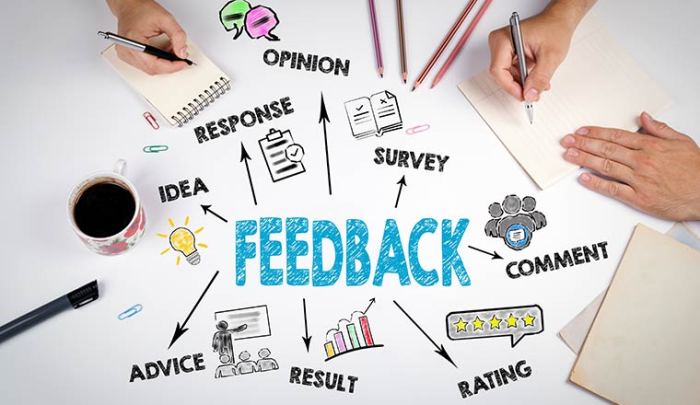
When it comes to analyzing customer feedback, businesses need to carefully review and interpret the information provided by their customers in order to extract valuable insights that can drive decision-making.
Categorizing Feedback
One important aspect of analyzing customer feedback is categorizing it based on themes or trends. By grouping feedback into categories such as product quality, customer service, pricing, and more, businesses can identify common issues or areas of improvement.
- By categorizing feedback, businesses can prioritize areas that require immediate attention and allocate resources accordingly.
- Identifying trends in customer feedback can help businesses make strategic decisions that align with customer preferences and expectations.
- Tracking feedback categories over time can provide insights into the effectiveness of implemented changes and improvements.
Using Analyzed Feedback, Handling Customer Feedback
Businesses can use analyzed feedback to make data-driven decisions that benefit both the company and its customers.
- For example, if a restaurant consistently receives feedback about long wait times, the management can analyze this feedback to implement strategies to improve efficiency and reduce customer dissatisfaction.
- Similarly, if an e-commerce website receives positive feedback about a specific feature, such as a user-friendly interface, the business can use this information to enhance other aspects of the website and attract more customers.
- By leveraging analyzed feedback, businesses can gain a competitive edge, enhance customer loyalty, and drive overall success.
Responding to Customer Feedback

When it comes to handling customer feedback, responding in a timely and professional manner is crucial for maintaining customer satisfaction and loyalty. Whether the feedback is positive or negative, how you respond can greatly impact your relationship with customers.
Best Practices for Responding to Customer Feedback
- Acknowledge the feedback promptly and thank the customer for taking the time to share their thoughts.
- Personalize your response to show that you value each customer’s feedback.
- Address any specific concerns or issues raised in the feedback and provide a resolution if necessary.
- Apologize sincerely for any negative experiences the customer may have had, and assure them that their feedback will be taken seriously.
Tips for Addressing Negative Feedback
- Remain calm and avoid taking negative feedback personally. Remember, it’s an opportunity to improve.
- Respond promptly but thoughtfully, taking the time to understand the customer’s perspective before crafting a response.
- Show empathy and understanding towards the customer’s feelings, even if you disagree with their feedback.
- Offer a solution or compensation to address the customer’s concerns and demonstrate your commitment to their satisfaction.
Impact of Timely Responses on Customer Satisfaction
Responding to customer feedback in a timely manner can significantly enhance customer satisfaction and loyalty. When customers feel heard and valued, they are more likely to continue doing business with you. On the other hand, delayed or ignored feedback can lead to frustration and disappointment, potentially driving customers away. By prioritizing timely responses, you show customers that their opinions matter and that you are dedicated to providing exceptional service.
